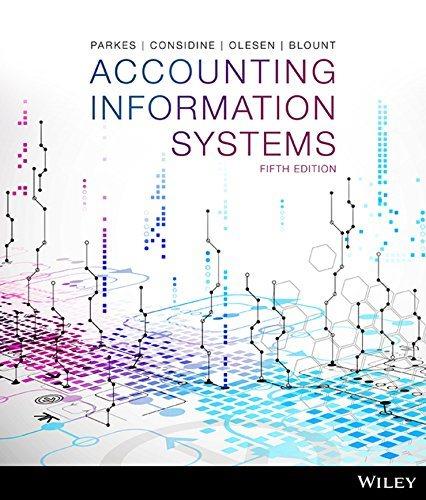Answered step by step
Verified Expert Solution
Question
1 Approved Answer
Some digits will cause more than one LED to light up . For example, using the student code 2 0 0 1 6 4 3
Some digits will cause more than one LED to light up For example, using the student code
:
Binary value represents the digit This is not part of the student code, so this will
light up the "Not included" LED.
Binary value represents the digit This is used twice in the student code, so will light
up both the "Included" and "More than once" LEDs.
Binary value represents the digit This is used in the student code, and is the largest
digit, so will light up both the "Included" and "highest" LEDs.
Other digits will also light up one or more LEDs.
Binary values to represent numbers that cannot be a single decimal digit larger than
so these will always cause the "Not included" LED to light up
Note that for this question, you should use your own student code, not the code used in
the examples above. This is to ensure that every student has a slightly different problem.
First, create a truth table showing all possible values of the four inputs and the four outputs for each
binary value. You should label each column in the truth table.
Then use Digital Works to implement a single circuit that has this behaviour. Use interactive inputs
for the inputs. Use LEDs for the outputs. The inputs and outputs should be labelled on the circuit, to
match the labels on the truth table.
A very good submission will use reduction to make the circuit as simple as possible. Explain briefly
any reduction you have used.
Submit the truth table in the document a screenshot of your circuit in the document and the
Digital Works dwm file as a separate file
Hint: You can use the
A
button to label LEDs and inputs.
Hint: You have been asked to create a single circuit. There is one circuit connected to four inputs and
four outputs.
Hint: You don't need to create a circuit that will analyse your student code and work out the largest
digit or count how many times each digit is used. You will do that yourself and create a truth table.
You just need to create a circuit that implements that truth table.
Hint: It is not necessary to give multiple screenshots of your circuit showing different input values.
Hint: It is possible to gain a passing mark for this task without any circuit reduction.
Hint: It is possible to do some simple reduction by checking if you are applying a NOT gate to the
same input more than once for different parts of the circuit. Instead of using multiple NOT gates, just
use one, then feed the output in as many directions as you need. Most circuits will be able to have
more complex reduction applied, but it is amazing how often this simple trick is missed.

Step by Step Solution
There are 3 Steps involved in it
Step: 1

Get Instant Access to Expert-Tailored Solutions
See step-by-step solutions with expert insights and AI powered tools for academic success
Step: 2

Step: 3

Ace Your Homework with AI
Get the answers you need in no time with our AI-driven, step-by-step assistance
Get Started


